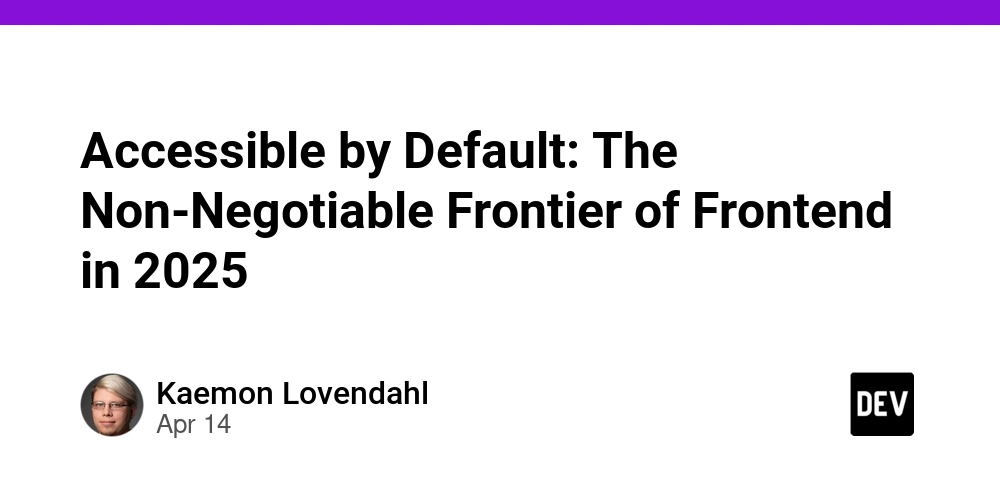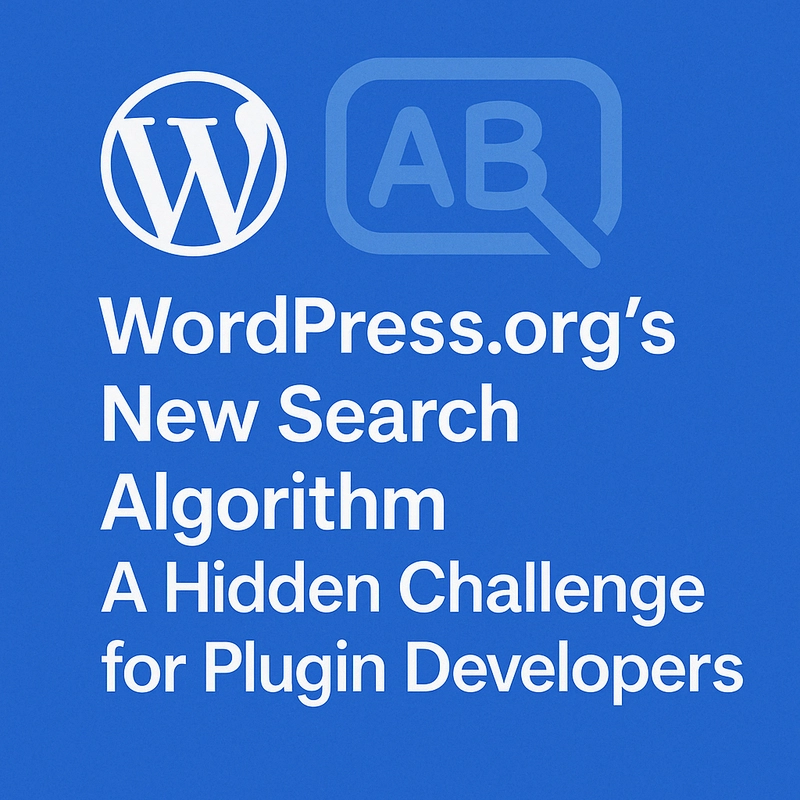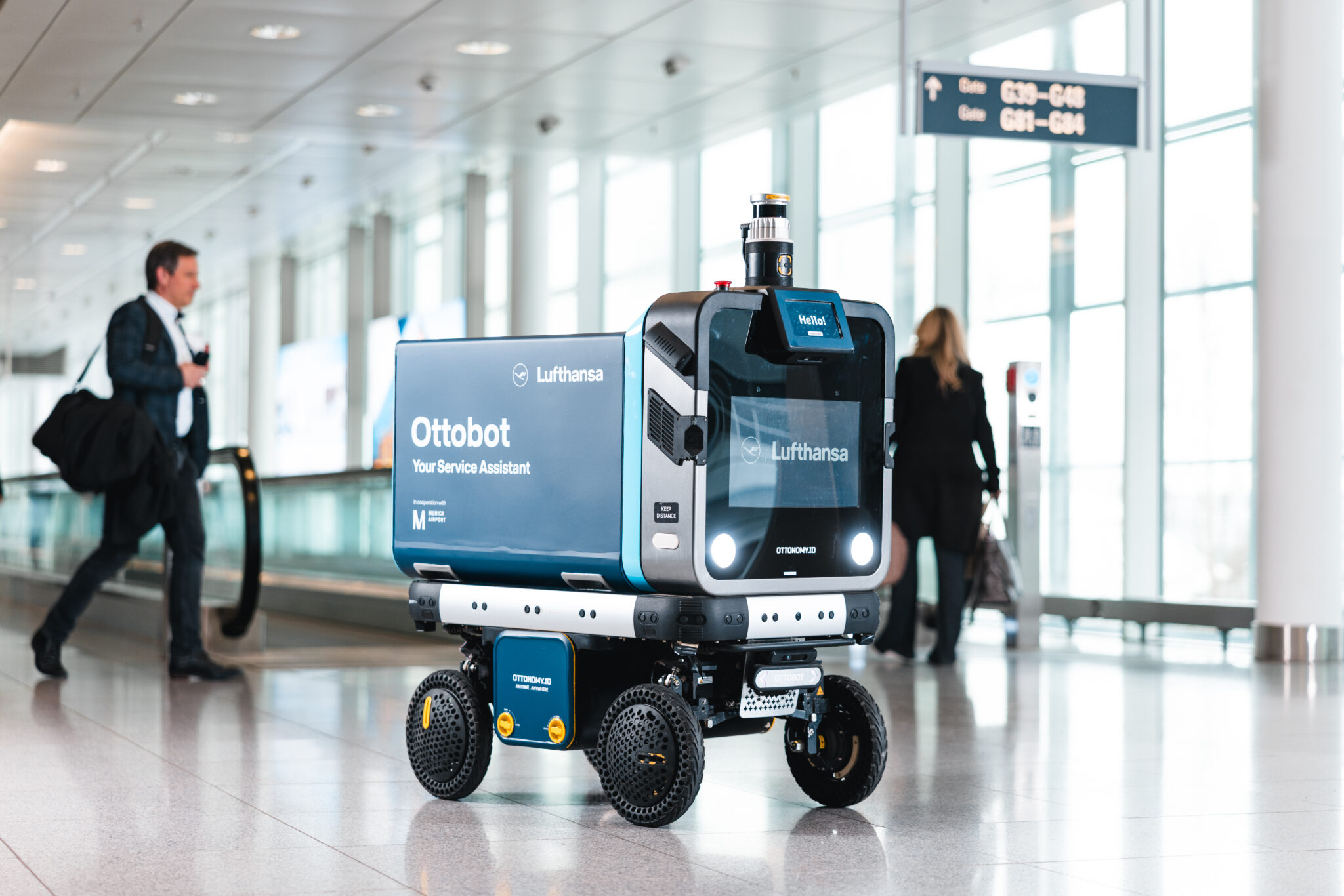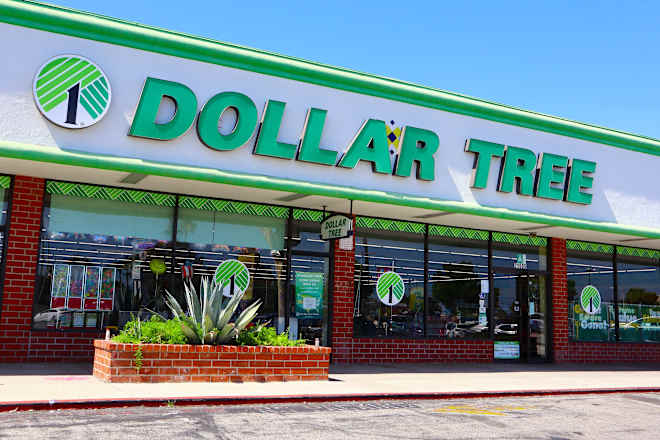Accessible by Default: The Non-Negotiable Frontier of Frontend in 2025
Let's get one thing straight: accessibility isn't a “nice-to-have” option anymore. It shouldn't be a feature you toss into the backlog to feel morally superior. In 2025, accessibility is just like responsive design was a decade ago. If your site isn't accessible, it's broken. Period. Why Accessibility Matters (More Than Ever) Beyond ethics, lawsuits, and compliance fines, accessibility matters because it affects real people every single day. We're talking about over 1 billion people worldwide who live with some form of disability. That's a massive chunk of your potential audience and if you're not building for them, you're cutting out voices, users, and opportunities. Accessibility is also the canary in the coal mine for good design. Sites that prioritize accessibility tend to: Load faster Work better on mobile Rank higher in search engines Convert better (yes, even from a pure business angle) So let's break it down: what does “Accessible by Default” actually mean in 2025? Keyboard Navigation: Design Without a Mouse Trap Why it matters Not everyone uses a mouse. Whether someone has a motor impairment, is using a screen reader, or is just a keyboard power user, they need to be able to navigate your entire site with the keyboard alone. How to test it Unplug your mouse Use Tab, Shift + Tab, Enter, Space, and arrow keys to try navigating. Can you reach every interactive element? Does focus flow make sense? Do all dropdowns, modals, and menus work? How to improve Always include visible :focus styles. Make sure users can see where they are. I generally add styles for hover, focus, and active states by default. Ensure tabindex values aren't misused (use tabindex="0" for custom focusable elements, avoid -1 unless hiding from keyboard nav). Use native HTML elements for interactive behavior whenever possible (, , , etc.). Provide skip links at the top of the page (Skip to content). Note: For those unaware, skip links help screen reader users and keyboard navigators reach the sites main content or other important sections faster. Semantic HTML: Let the Browser Help You Why it matters I feel like this one has been more easily adopted. But in case you are unaware, it's what lets screen readers, search engines, and assistive technologies understand your site's structure and content. How to test it Open the Accessibility tab in browser dev tools and explore the accessibility tree. Use a screen reader like VoiceOver (macOS) or NVDA (Windows). See if elements are described accurately and in the expected order. How to improve Replace generic and elements with appropriate tags: , , , , , , , , , etc. If you're building custom components, use ARIA roles sparingly and only when needed. Native HTML is almost always better. Use and for grouped form elements. Bonus Tip: Writing good semantic HTML often improves CSS and JS readability too. Color & Contrast: Readability > Aesthetics Why it matters Color is often the first place accessible design breaks down. Users with low vision or color blindness can't distinguish text from background if contrast is too low. And relying on color alone to convey meaning? That's a classic accessibility fail. How to test it Use the WebAIM Contrast Checker or dev tools' built-in audit. Run your site through Color Oracle or simulate vision deficiencies. Open the Accessibility tab in dev tools and check for color contrast warnings. Ask: can someone understand your message if they can't see color? How to improve Aim for WCAG AA compliance at minimum (4.5:1 contrast ratio for normal text, 3:1 for large text). Use icons, underlines, bolding, or other indicators alongside color for conveying states (e.g., errors, success messages). Avoid placing text over complex images unless you've got strong contrast. Make It a Default, Not a Destination Why it matters Most accessibility problems happen not because teams don't care — but because it's left until the end, when it feels like a burden. If accessibility is part of your workflow from day one, it's cheaper, easier, and more effective. I feel like this happens a lot with testing as well. It's often an afterthought, and it shouldn't be. How to test your mindset Are you using linting tools like ESLint plugins for accessibility? Do your components pass Axe or Lighthouse audits? Are your designers checking contrast and structure early on? How to bake it in Use accessible-first design systems like Material UI or Chakra UI. Add automated accessibility tests (Axe, Pa11y, Lighthouse CI). Have a checklist or storybook that includes accessibility checks for each component. Encourage your team to do empathy testing — even five minutes on a screen reader can change your perspective. TL;DR — Build Like You Give a Damn Accessibility is

Let's get one thing straight: accessibility isn't a “nice-to-have” option anymore. It shouldn't be a feature you toss into the backlog to feel morally superior. In 2025, accessibility is just like responsive design was a decade ago. If your site isn't accessible, it's broken. Period.
Why Accessibility Matters (More Than Ever)
Beyond ethics, lawsuits, and compliance fines, accessibility matters because it affects real people every single day. We're talking about over 1 billion people worldwide who live with some form of disability. That's a massive chunk of your potential audience and if you're not building for them, you're cutting out voices, users, and opportunities.
Accessibility is also the canary in the coal mine for good design. Sites that prioritize accessibility tend to:
- Load faster
- Work better on mobile
- Rank higher in search engines
- Convert better (yes, even from a pure business angle)
So let's break it down: what does “Accessible by Default” actually mean in 2025?
Keyboard Navigation: Design Without a Mouse Trap
Why it matters
Not everyone uses a mouse. Whether someone has a motor impairment, is using a screen reader, or is just a keyboard power user, they need to be able to navigate your entire site with the keyboard alone.
How to test it
- Unplug your mouse
- Use
Tab,Shift + Tab,Enter,Space, and arrow keys to try navigating. - Can you reach every interactive element? Does focus flow make sense?
- Do all dropdowns, modals, and menus work?
How to improve
-
Always include visible
:focusstyles. Make sure users can see where they are. I generally add styles forhover,focus, andactivestates by default. - Ensure
tabindexvalues aren't misused (usetabindex="0"for custom focusable elements, avoid-1unless hiding from keyboard nav). - Use native HTML elements for interactive behavior whenever possible (
,,, etc.). - Provide skip links at the top of the page (
Skip to content).
Note: For those unaware, skip links help screen reader users and keyboard navigators reach the sites main content or other important sections faster.
Semantic HTML: Let the Browser Help You
Why it matters
I feel like this one has been more easily adopted. But in case you are unaware, it's what lets screen readers, search engines, and assistive technologies understand your site's structure and content.
How to test it
- Open the Accessibility tab in browser dev tools and explore the accessibility tree.
- Use a screen reader like VoiceOver (macOS) or NVDA (Windows).
- See if elements are described accurately and in the expected order.
How to improve
- Replace generic and
elements with appropriate tags:,,,,,,,, etc.- If you're building custom components, use ARIA roles sparingly and only when needed. Native HTML is almost always better.
- Use
andfor grouped form elements.Bonus Tip: Writing good semantic HTML often improves CSS and JS readability too.
Color & Contrast: Readability > Aesthetics
Why it matters
Color is often the first place accessible design breaks down. Users with low vision or color blindness can't distinguish text from background if contrast is too low. And relying on color alone to convey meaning? That's a classic accessibility fail.
How to test it
- Use the WebAIM Contrast Checker or dev tools' built-in audit.
- Run your site through Color Oracle or simulate vision deficiencies.
- Open the Accessibility tab in dev tools and check for color contrast warnings.
- Ask: can someone understand your message if they can't see color?
How to improve
- Aim for WCAG AA compliance at minimum (4.5:1 contrast ratio for normal text, 3:1 for large text).
- Use icons, underlines, bolding, or other indicators alongside color for conveying states (e.g., errors, success messages).
- Avoid placing text over complex images unless you've got strong contrast.
Make It a Default, Not a Destination
Why it matters
Most accessibility problems happen not because teams don't care — but because it's left until the end, when it feels like a burden. If accessibility is part of your workflow from day one, it's cheaper, easier, and more effective. I feel like this happens a lot with testing as well. It's often an afterthought, and it shouldn't be.
How to test your mindset
- Are you using linting tools like ESLint plugins for accessibility?
- Do your components pass Axe or Lighthouse audits?
- Are your designers checking contrast and structure early on?
How to bake it in
- Use accessible-first design systems like Material UI or Chakra UI.
- Add automated accessibility tests (Axe, Pa11y, Lighthouse CI).
- Have a checklist or storybook that includes accessibility checks for each component.
- Encourage your team to do empathy testing — even five minutes on a screen reader can change your perspective.
TL;DR — Build Like You Give a Damn
- Accessibility isn't optional — it's required.
- Keyboard nav is a baseline, not a bonus.
- Semantic HTML is your superpower.
- Contrast matters more than your aesthetic whims.
- Making it a habit is the easiest way to stay compliant and compassionate.
Accessible by default means your site works — for everyone. You don't have to be perfect. But you do have to care. And in 2025, that might just be the best thing you can do as a frontend dev.
Now go fix that
divmasquerading as a button. Seriously. I'm still watching.Shameless Plugs
Enjoy my content? You can read more on my blog at The Glitched Goblet or follow me on BlueSky at kaemonisland.bsky.social. I write new posts each week, so be sure to check back often!




























































